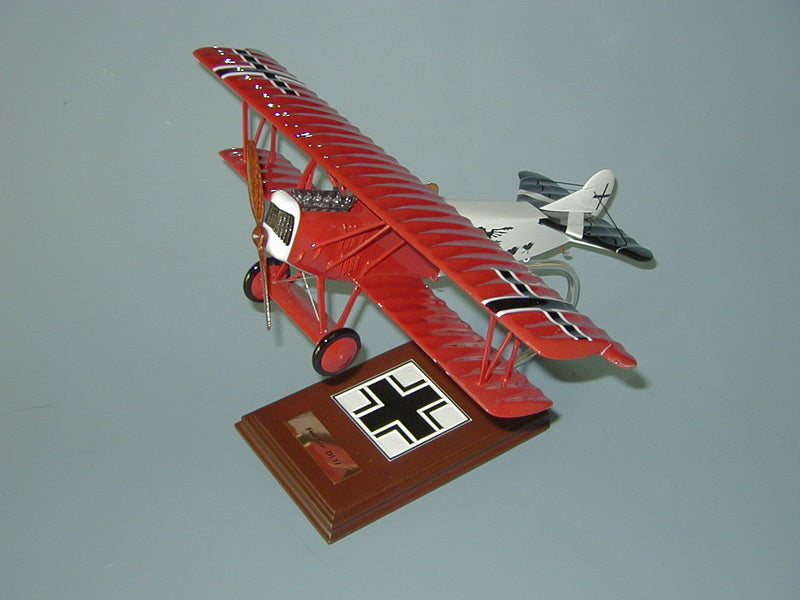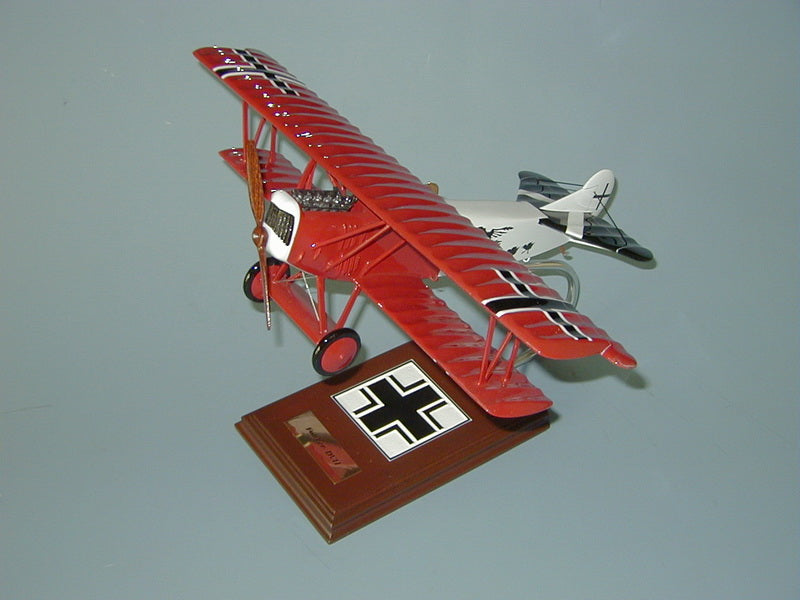The Fokker D.VII is widely regarded as the best German aircraft of the war. Its development was championed by Manfred von Richthofen. In January 1918, Richthofen tested the D.VII in the trials at Adlershof but never had an opportunity to fly it in combat. He was killed just days before it entered service. When introduced, the D.VII was not without problems. On occasion its wing ribs would fracture in a dive and high temperatures sometimes ignited planes armed with phosphorus ammunition or caused their gas tanks to explode. Even so, the D.VII proved to be durable and easy to fly. As noted by one authority, it had "an apparant ability to to make a good pilot out of mediocre material." When equipped with the BMW engine, the D.VII could outclimb any Allied opponent it encountered in combat. Highly maneuverable at all speeds and altitudes, it proved to be more than a match for any of the British or French fighter planes of 1918. Hermann Gö,ring was one of the first pilots to fly the D.VII in combat.
Mahogany Wood. Scale: 1/20. Wingspan 17 inches, Length 13 1/2 inches.


